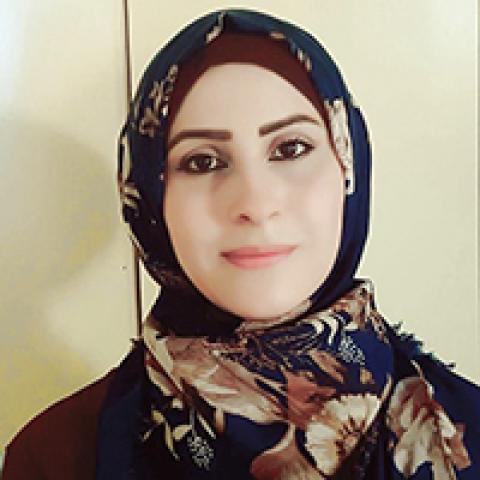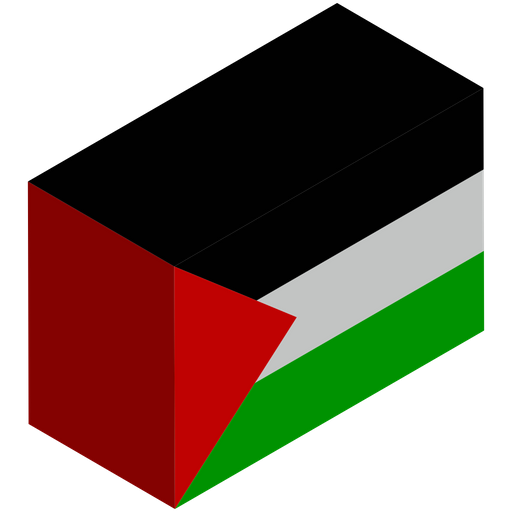GAZA CITY, Gaza Strip — The tax hikes imposed in the past year by the Palestinian Hamas movement in the Gaza Strip have further burdened Gazans who are already suffering from deteriorating economic conditions.
Some 100,000 Gazan families have been receiving monthly stipends of $100 from Qatar as part of an aid package announced in 2014. Meanwhile, the unemployment rate in the coastal enclave reached 45%, according to the Palestinian Central Bureau of Statistics last week.
A February report by the United Nations Office for the Coordination of Humanitarian Affairs (OCHA) revealed that more than 60% of Gazans need humanitarian assistance. As of July 22, the food insecurity rate in Gaza topped 65%, and the poverty rate stood at 65%, as per the same report.
Ibtisam al-Silawi would buy her 18-year-old son one pair of jeans every two years at no more than 40 shekels ($11). But recently, she paid an additional 10 shekels ($3) after Hamas, which controls Gaza, imposed a 10-shekel tariff last summer on some imported clothing items, including jeans and abayas for women.
Silawi, 42, is the main provider for her family of five after her husband died three years ago. She told Al-Monitor that the new tax policy “has shattered the hopes of the poor, who make up the vast majority of the population.”
Muhammad al-Shawa hung a banner inside his jeans shop in Gaza City that reads, “10 shekels will be added to the price of each item upon purchase.” The move is a message to Hamas that merchants will pass the extra tariff on to consumers.
Clothing merchants impacted
In late February, clothing merchants across the Gaza Strip went on strike to protest the increasing taxes.
Nahed al-Souda, secretary of the Clothes Traders Syndicate in Gaza, told Al-Monitor that in response to the strike, the syndicate and the Ministry of Economy reached an agreement allowing the annual import of 600,000 jeans and 150,000 abayas and robes exempt from fees. “That’s the most we got from the government,” he added. “This number of items exempted from duties is very small compared to what Gazan merchants import each year, reaching between 3 and 4 million jeans annually.”
In March, the Hamas government again raised controversy after increasing the duties on fruits and vegetables coming from Israel from 120% to 230%. After merchants suspended imports in protest, the Ministry of Economy agreed to cover 70% of the import fees, provided that the importers pay the remainder.
Also last month, the government imposed a new tax on fish exports to the West Bank amounting to around five shekels ($1.50) on every kilogram of Egyptian fish that arrives in Gaza and is then exported to the West Bank. A tax of three shekels ($0.90) was imposed on every kilogram of fish produced on local farms.
Awni Abu Hasira, owner of Sons of Sami Abu Hasira for Seafood Imports and Exports in Gaza, said the taxes are “catastrophic and unjustified.”
“Hamas imposed fees on the export of fish to the West Bank as if the latter was a foreign nation,” he told Al-Monitor.
On Feb. 2, the Hamas government imposed a 12.5% tax on imported cars entering Gaza. In July 2022, new taxes were imposed on 24 imported commodities such as mineral water, juices and biscuits.
In May 2022, a controversial 16% VAT was imposed on all products entering Gaza from the West Bank, knowing that the government did not collect taxes on these products in the past.
Hamas has witnessed a severe financial crisis since Egypt demolished the border tunnels with Gaza in 2013. Hamas relied heavily on these tunnels to make financial gains through smuggling goods. As a result, government employees in Gaza have been receiving only 60% of their salaries.
Talal Okal, a political writer for the Palestinian al-Ayyam newspaper, told Al-Monitor, “Why are Gazans forced to pay higher taxes while their government does not meet their basic needs?" Residents are not seeing government services as a result of the taxes, he added.
The Hamas government in Gaza does not disclose to the public its revenues or expenditures. In June last year, Salama Maarouf, head of the government media office, estimated that monthly revenues of government institutions in Gaza range between 90 million to 100 million shekels ($25 million to $28 million). Economic experts, however, claim that the revenues are much higher.
Okal called for unified tax legislation in the West Bank and Gaza Strip and urged authorities to draft laws on VAT, customs taxes and spending taxes. He said the government must take into account the bitter economic and social realities of the residents of Gaza.
In its 2022 annual report on the status of Palestinian economic, social and cultural rights, Al Mezan Center for Human Rights called on Hamas in Gaza to “allocate funds and increase expenditures to support basic services in the education, health and social development sectors.”
According to the report, production and employment rates in Gaza decreased to their worst levels, while power shortages increased. Meanwhile, health and environmental problems, as well as social problems such as unemployment, poverty and high divorce, rates have been exacerbated, the report found.
Abdul Fattah Abu Musa, spokesman for the Palestinian Ministry of Economy, defended the recent taxes. “Their aim is to protect and support the local products,” he told Al-Monitor.
He explained that about 900 factories produce clothes in Gaza, employing about 30,000 local workers. “Therefore, taxes on imported clothes will give the local sector an opportunity to expand further, which implies greater employment opportunities, higher production rates and better income,” he added. “The same applies to the rest of the productive sectors.”








